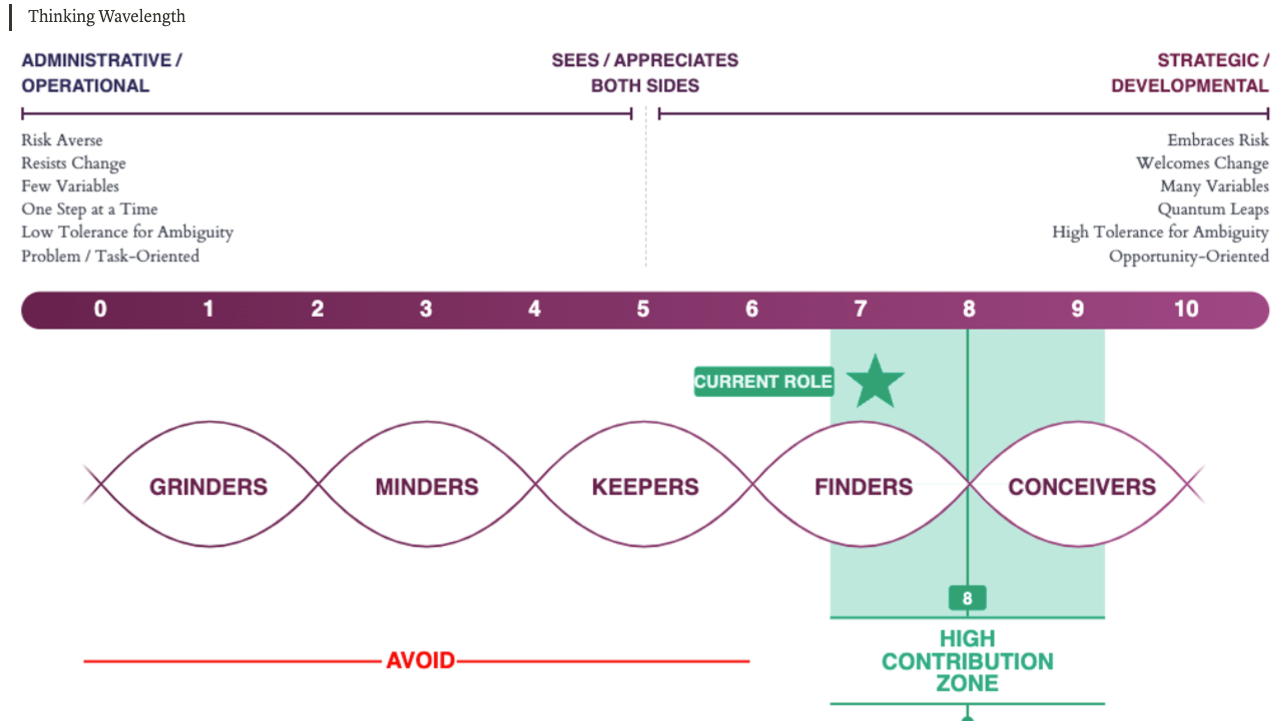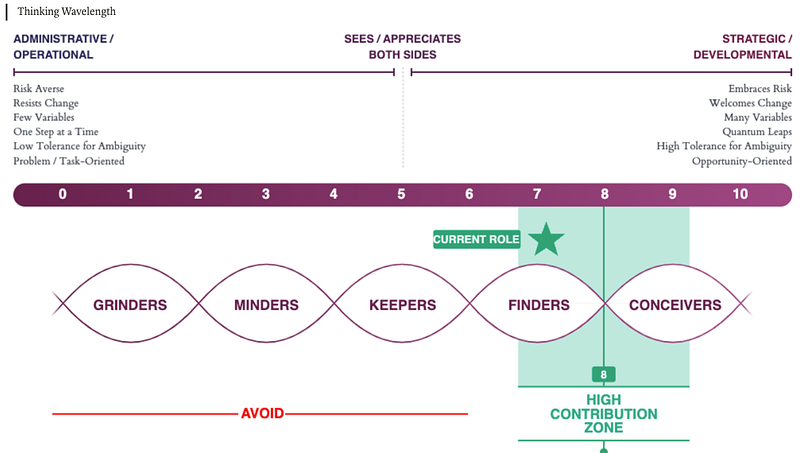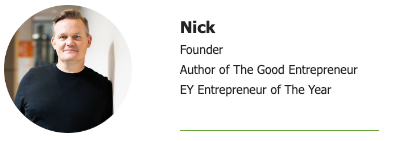Think like your team, not like yourself
Dec 17, 2022
Read time: 3 minutes
Wrong Seat On The Bus
Years ago, I worked with a guy two decades older than me. As we spent time together, I picked his brain about everything. It didn’t matter if it was professional (how to put together a pitch deck) or personal (how to respond when your precious angel of a child decides he doesn’t like you or your rules anymore); nothing was off-limits.
I used this opportunity to my maximum advantage.
Throughout our conversations, I noticed a pattern when we discussed professional issues. More often than not, he would refer to a former manager who could modify his motivation techniques based on the personality of his employee. He managed a large and successful sales organization and knowing his employees was key to success.
To my competitive friend, he would pit him against a goal and challenge him with the threat of making that goal unattainable. To a different personality, he would take the time to sit down and create a process for managing the sales methodology for a particular client.
To put it simply, he managed his team well.
One of the most common mistakes leaders make is managing their team like they want to be managed instead of managing their team as unique individuals.
Over the years, I have collected tools that have helped me better understand my teams (and myself, too), and today I want to introduce you to the Thinking Wavelength Scale from the Paterson Center.
Thinking wavelength refers to how individuals process information and make decisions.
There are five main types of thinking wavelengths, including:
- Grinders: Individuals who are detail-oriented and methodical in their approach to problem-solving. They are often highly organized and disciplined.
- Minders: Individuals who are aware of the importance of minding people and things in a certain way. They are dependable and focused and often loyal to the task at hand.
- Keepers: Individuals who are logical and analytical in their approach to problem-solving. They can often see patterns and connections that others might not notice.
- Finders: Individuals who are curious and exploratory in their approach to problem-solving. They are often drawn to new ideas and willing to take risks to learn more.
- Conceivers: Individuals who are visionary and forward-thinking in their approach to problem-solving. They can often see the big picture and consider long-term goals and implications.
Each of these personality traits has its own strengths and weaknesses. For example, grinders are often highly efficient and reliable, but they may struggle with flexibility and adaptability. Conversely, conceivers can develop creative solutions, but they may need help staying focused and following through on their ideas.
As you can see in the image below, my personality is somewhere between a finder and a conceiver.


That’s not a surprise to me now, but my first job out of college was as a financial analyst for EDS. That job is firmly in the camp of the Minders and maybe even Grinders. Was I able to do the jobs successfully? Yes, but mainly because I had school loans to pay back. Put simply, I was in the wrong seat on the bus.
Was I happy in that role? No, I was miserable.
After a few months, I knew I needed to change because there was no way I could survive this for the next 4o years of my life.
I reached out to a couple of other managers, and luckily I was rescued from my cubicle prison, and I could move into a role better suited for me.
Later in my career, I had an employee that worked for me that seemed to have all the character traits needed to be successful, but despite this, they were failing in their job. So I dug in to understand better what the issue was, and it turned out that they were dealing with some all-consuming family issues.
We couldn’t fix the family issues, but we created a mental model they could perfect that allowed them to compartmentalize these different areas of their life, and they began to thrive.
Great leaders dig into every aspect of their business, including the details of their most precious resources, their people.
Put bluntly; it is your fault if your employees aren’t doing what you want.
And recognizing that everyone has a unique thinking wavelength is essential to recognize as you lead your teams.
And by knowing the thinking wavelength of the people on your team, you will be better suited to nurture their talents by giving them the freedom to grow into who they are designed to be.
Homework

By understanding your own thinking wavelength and the strengths and weaknesses of other personality traits, you can better understand how to approach problems and make decisions in a way that works best for you.
So your homework is to take the free Wavelength quiz from the Paterson Center and shoot me a quick note to let me know where you land on the spectrum. You get bonus points if you make an assessment about your current role and if it is best suited for your personality.
I can’t wait to hear about your results!
You can achieve your desired growth without burning out when you get clarity in your professional and personal life.
Whenever you’re ready, there are four ways I can help you grow:
1. Hit me up on LinkedIn or Twitter if you have questions or want to continue the discussion.
2. Online courses through The Good Entrepreneur Institute
3. Group coaching through the Kennedy Leadership Program (Only 1 Spot Left for 2023)
4. Private coaching as a Platinum Coaching Client
See you again next week,






Join Over 300 Leaders!
The 3 Minute Business Coaching Newsletter
Every Friday, I share 1 actionable tip to help you move from being a good leader to a great leader.
(And you can read it in under 3 minutes!)
We hate SPAM. We will never sell your information, for any reason.

